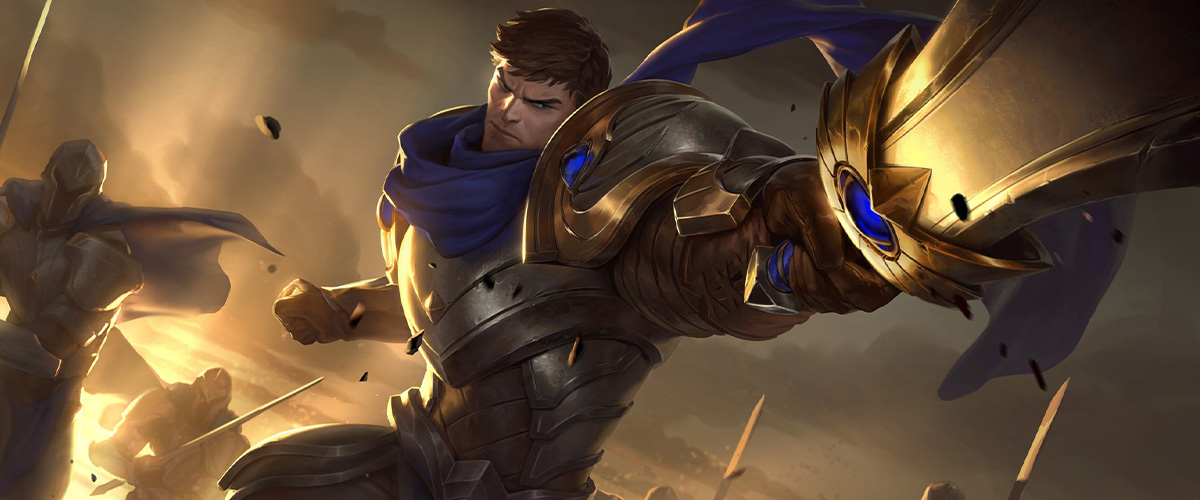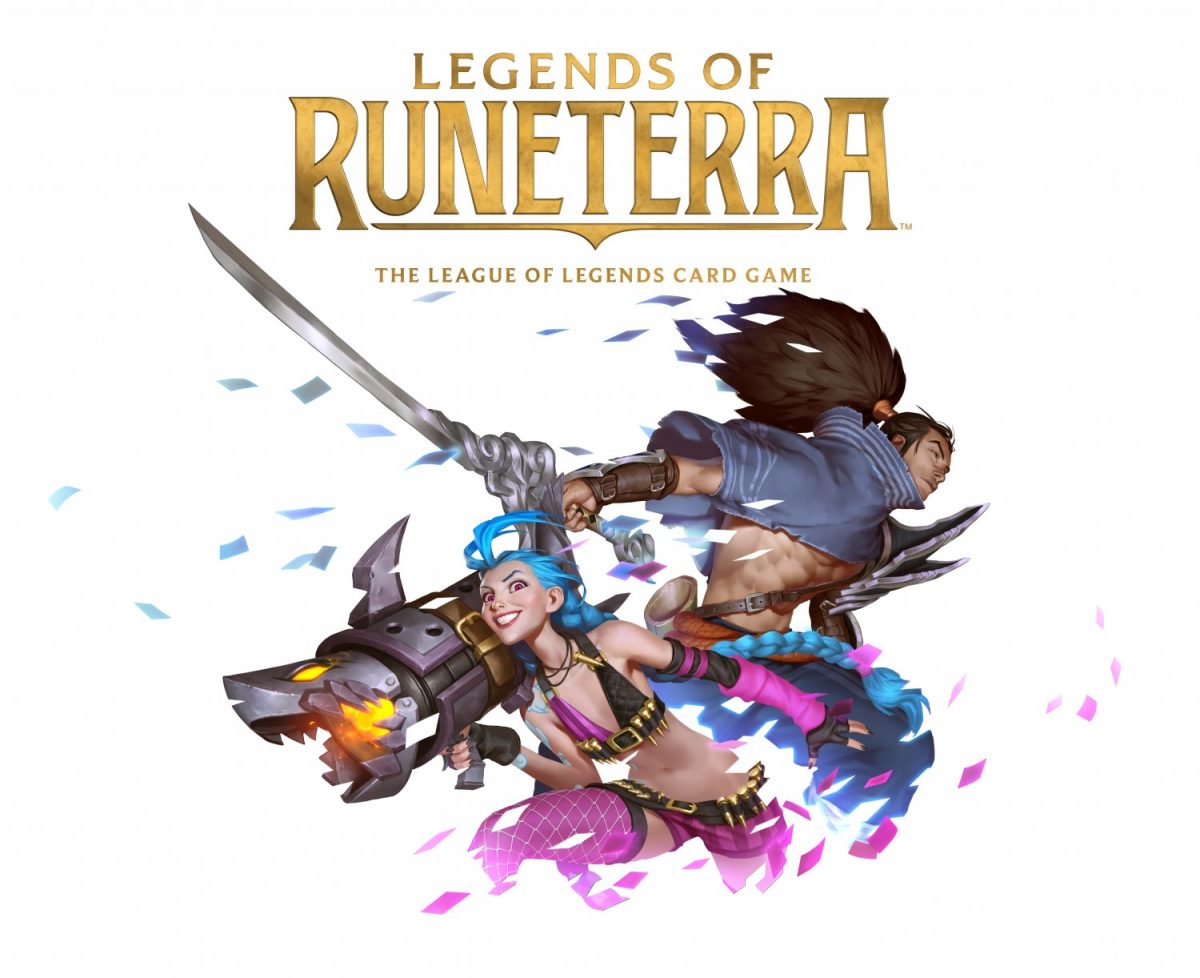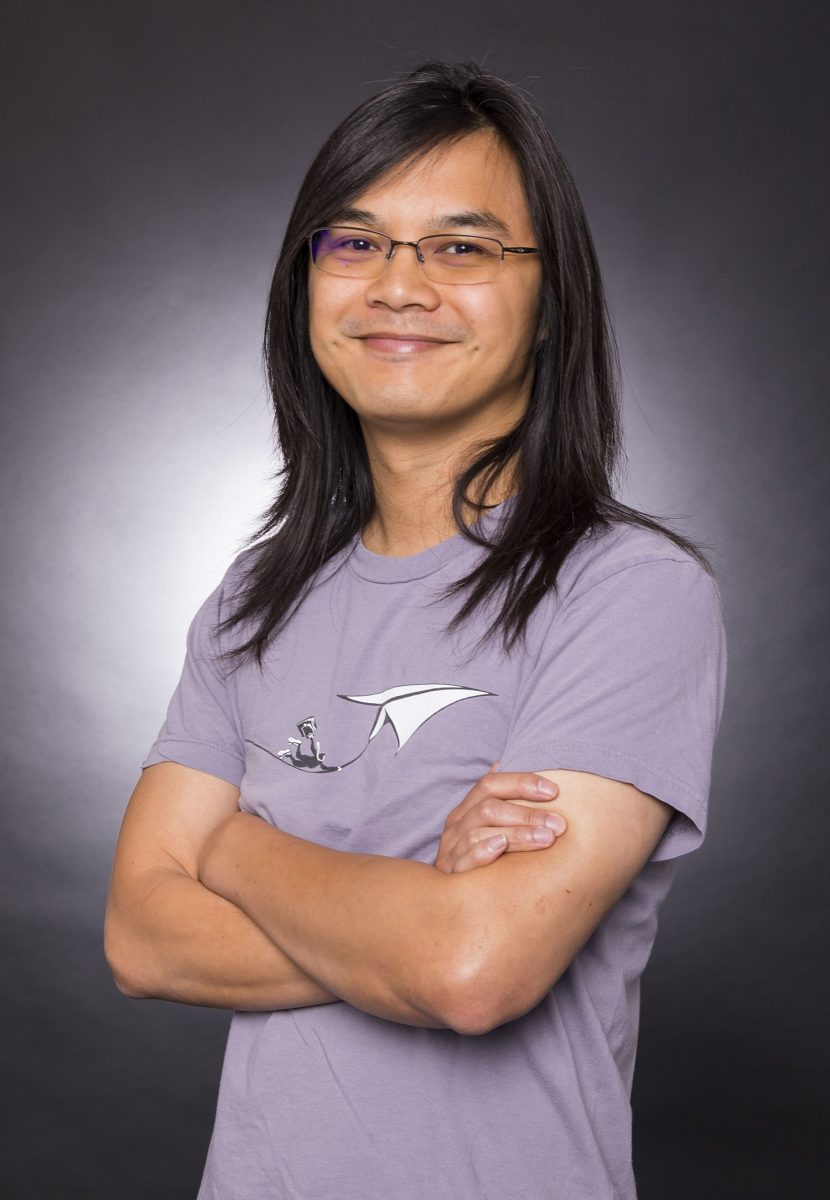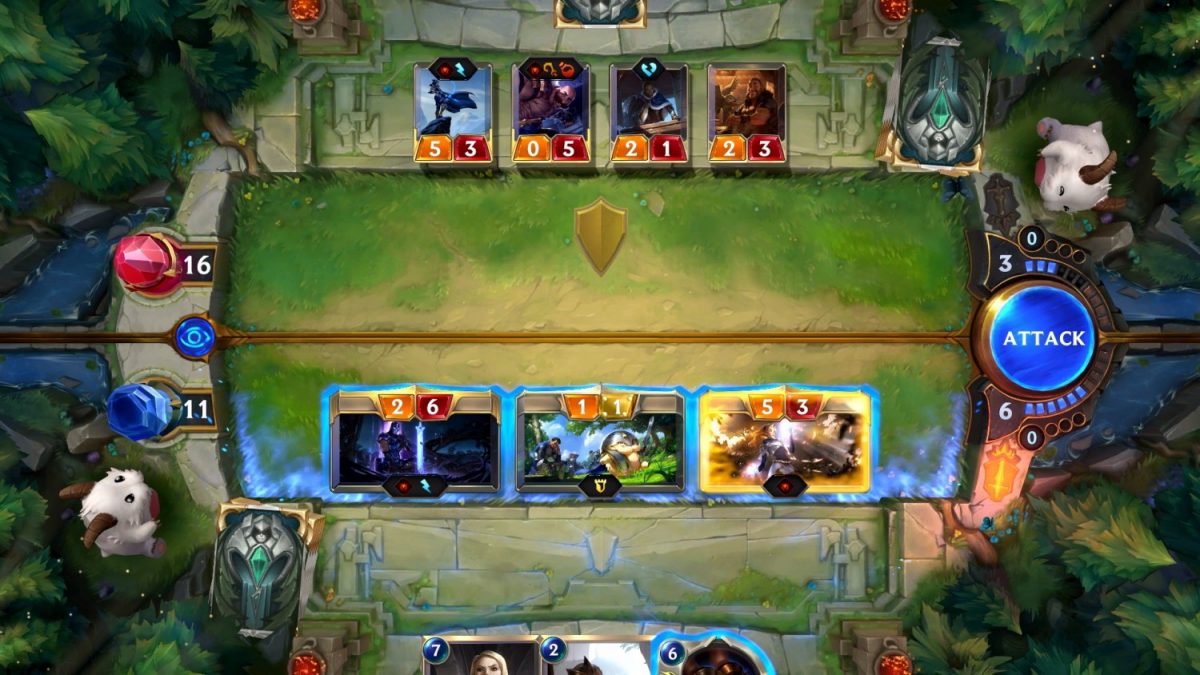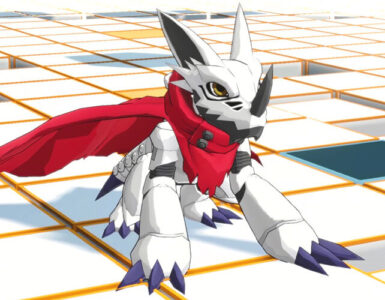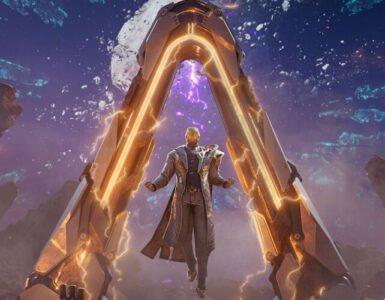League of Legends has been a household name in the multiplayer online battle arena (MOBA) genre ever since it launched in 2009. The 10 years since it was introduced has seen it blow up from a simple Dota clone, to become its own fast-paced, intense game that has its own multi-million dollar esports brand, complete with a massive player base. It even has expanded beyond the gaming industry, and has even teamed up with fashion brands such as Louis Vuitton, and even launched a K-Pop song to boot.
But this time, the focus is on Riot Games’ new free-to-play card game set in the League universe: Legends of Runeterra. An unlikely, but awesome new addition to the League spinoff games, LoR serves to scratch the itch of fans who want to experience the expansive universe in the form of a digital collectible card game (CCG).
Currently in open beta, LoR has been receiving rave reviews from testers, and has grown quite the strong presence in the card game community of late. Having played the demo when it was first announced back in October 2019, we’ve found that its most striking aspect is the champion-centric gameplay that features heavily in LoR. For fans of the original game, many will be delighted to find that a lot of decks are centred around some of the more popular champions that currently exist in League, and a lot of the deckbuilding is based around their unique mechanics.
But while champions certainly do add a ton of character to Legends of Runeterra, what the team felt was tantamount to the foundations of the game was to retain its MOBA identity from League.
“There’s a League of Legends in our minds as developers, as people who are deeply steeped in the lore and understand the backstory of the world that we’re trying to bring,” explained Design Director Andrew Yip in a recent interview with Geek Culture. “But we also need to be cognizant of players in that League of Legends is basically a MOBA. And we need to find a line where it feels familiar and resonant, but also feels like it’s introducing a territory of what we believe people believe the IP to be.”
True enough, this design aspect was heavily considered after numerous iterations in the LoR sweatshop led by Yip and Executive Producer Jeff Jew, over the game’s development period of over three years. This creative license eventually led to the subtle and clever inclusion of a lane as depicted in the main game as the playmat of a game of LoR. Other features that are highly reminiscent of League include the aspect of minion cards being led by champions, farming for coin, leveling up and upgrading cards, and so on. It was a carefully-thought-out process, but a smart one nonetheless, as it eases the transition from the original game to this one rather easily for seasoned League players.
That brings us to the aspect of accessibility. Despite boasting a universe (heck, let’s just call it a multiverse now with all the alternate worlds that have spawned) with a decade’s worth of lore, champions and stories, another challenge for the team was to make it so that the years of backstory attached to League don’t weigh down the experience of new players.
As with any MOBA out there, champions are essentially the lifeblood of the League of Legends IP. To date, there are a staggering 148 champions (and counting) in the original game, which if all were to be implemented into LoR right away, would be instantly overwhelming to new players. Hence, there are only 24 champions that were taken from the main pool as part of LoR’s launch, with more to be slowly introduced in future updates. The team’s focus for making the launch a strong one was to include some of the most iconic and popular champions in the base game, and build solid thematic foundations and concepts around them so it will instantly make the game accessible to everyone and anyone.
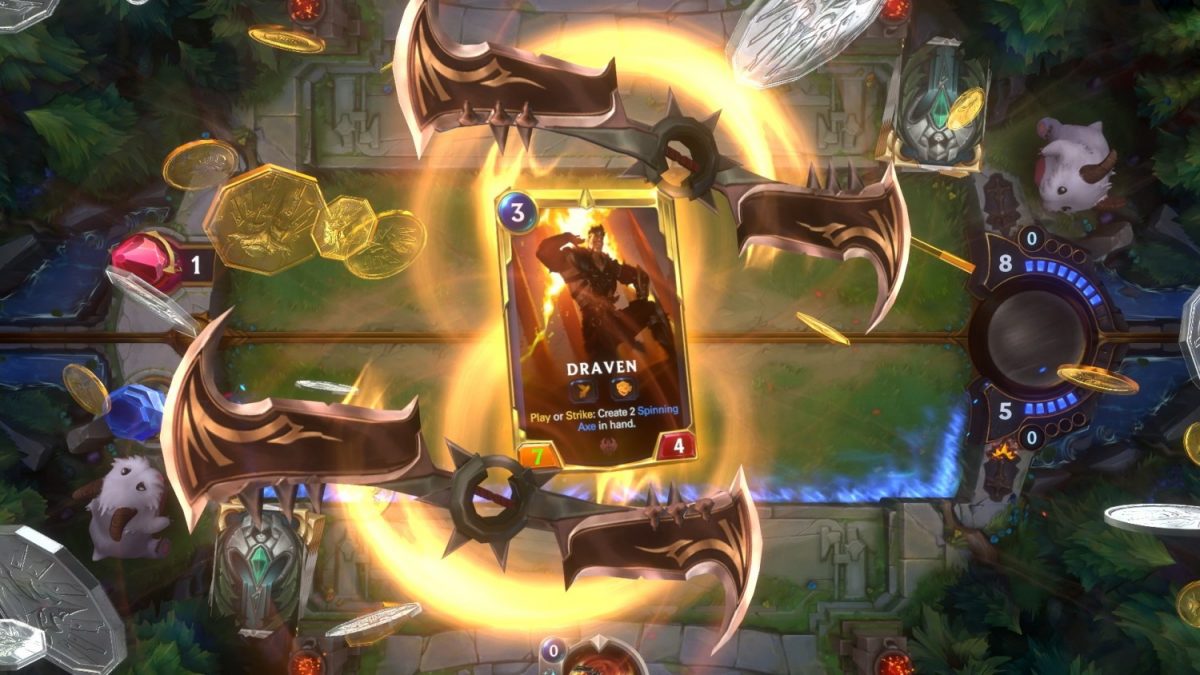
“One of the initial questions that we asked ourselves is ‘what is League of Legends?”. And I think from our point of view, it often starts with champions,” said Yip, who personally has over 13 years of game development experience and has grown up on Magic: The Gathering and other CCGs. “We’re still trying to iterate and figure out what are some of the main considerations when it comes to selecting champions and which ones are more important than others [to make it to launch]. So some of them have a lot to do with popularity, Like which champions are popular among players right now.”
“Some of the motivations that were actually more unique to our game was that we have divided all the cards into different regions [as part of the world of Runeterra]. One of the goals with our initial selection of champions for a lot of the initial sets is actually what champions reflect the common characteristics we think should be true for many of the cards from that region, to basically help establish and crystallise not just what does that champion do, but also what other champions, minion and spell cards from this region do.
“I would say [the frozen region of] Freljord is a good example of this, where you see a diversity of different effects that manifests and are driven by the champions themselves. So Ashe is a very frostbite-heavy champion. Tryndamere is just a giant barbarian that pursues you relentlessly and never dies. And Braun has a big shield.”
While Yip’s “aspiration” is to include all current and future League champions in LoR eventually, he also is grounded with the stance that the content has to be slowly introduced over time to not only slowly immerse franchise newcomers into the lore, but also to help with getting the player base up to speed with mechanics.

“I think we’ll see how far we can get. I think [over time] we’ll start to recognise the structural pattern of our sets, and be able to extrapolate how long it would take to cover the roster of champions. [The entire champion roster] is definitely something we want to cover because, obviously, every champion is some player’s favourite, but we also know that there are a lot of opportunities with revised champions [in the original game], so it’s an aspiration.”
And while implementing all nearly 150 champions into LoR might be a daunting task, Yip believes that having a character unique to LoR being adapted as a playable champion in League is a more realistic prospect, much to his excitement. Already, the player base has been fantasising about seeing the likes of Tiana Crownguard and Scarmother Vrynna being included in the main game — something that Yip reveals to be, as Thanos would call it, “inevitable”.
“Of course it’s a conversation that we’ve been having to do a collaboration with [the main League dev team],” exclaimed a passionate Yip. “What players maybe don’t know yet is that actually many of the things that we’ve developed on the LoR team have already started to bleed into other [League] media. So not necessarily League proper yet, but a lot of the the cinematics and collaborations though comics with Marvel is a reflection and starting point of the concepts that we created on our own team. So that’s definitely something that I would say is inevitable, though I would not put a specific date on [the releases].”
With League already establishing itself as a powerhouse in esports, it’s only natural to assume that Legends of Runeterra will one day enter the competitive scene as well. While Riot Games hasn’t officially announced its esports plans for LoR yet, Yip and his team are”not surprised” that the community has already been clamouring for some tournaments to start soon.
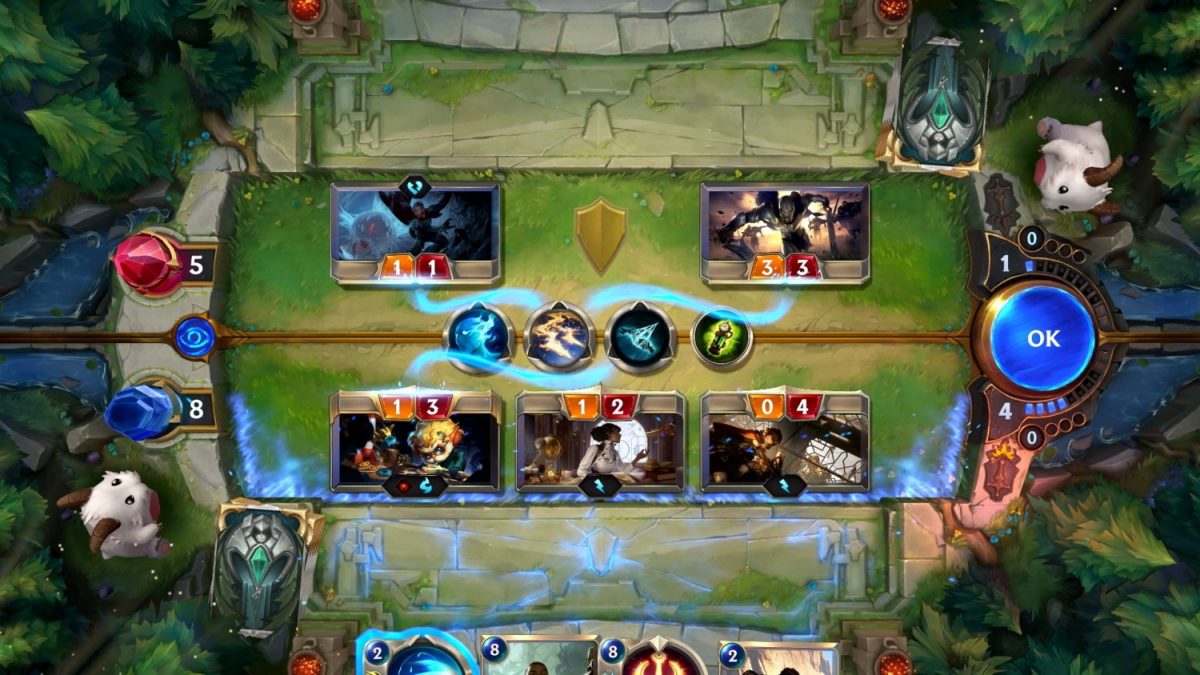
“This is a conversation that we’re actively having, of course, because the most dedicated and passionate players really enjoy playing competitively,” Yip explained excitedly. “In terms of basic game rules and depth, we think our game is well-suited for esports, in having really interesting strategic moments, as well as bluffing and high drama. We understand that our existing players already want [competitive games]. We’re not surprised that they want it. Then, it’s a continuing conversation of ‘how do we best support it?’.”
“I would say that one of the strategies [to introduce competitive matches] is trying to avoid building the competitive pyramid from the top down. We’re much more interested in actually creating competitive experiences that all players feel like they can have access to first, and then building the pyramid from the bottom up. And the fact that we worked at Riot before esports [became popularised] is a good signal towards that.”
Keep in mind that this game is releasing in a market which is dominated by the likes of Hearthstone and Magic: The Gathering. Moreover, the recent commercial flop of MOBA competitor Dota 2’s own card game, Artifact, shows that just having an established IP isn’t enough to sustain the game. Knowing this, the LoR team obviously had to play their cards right (ahem) make sure their game can survive, but is ultimately successful in an equally fast-paced and cutthroat market.
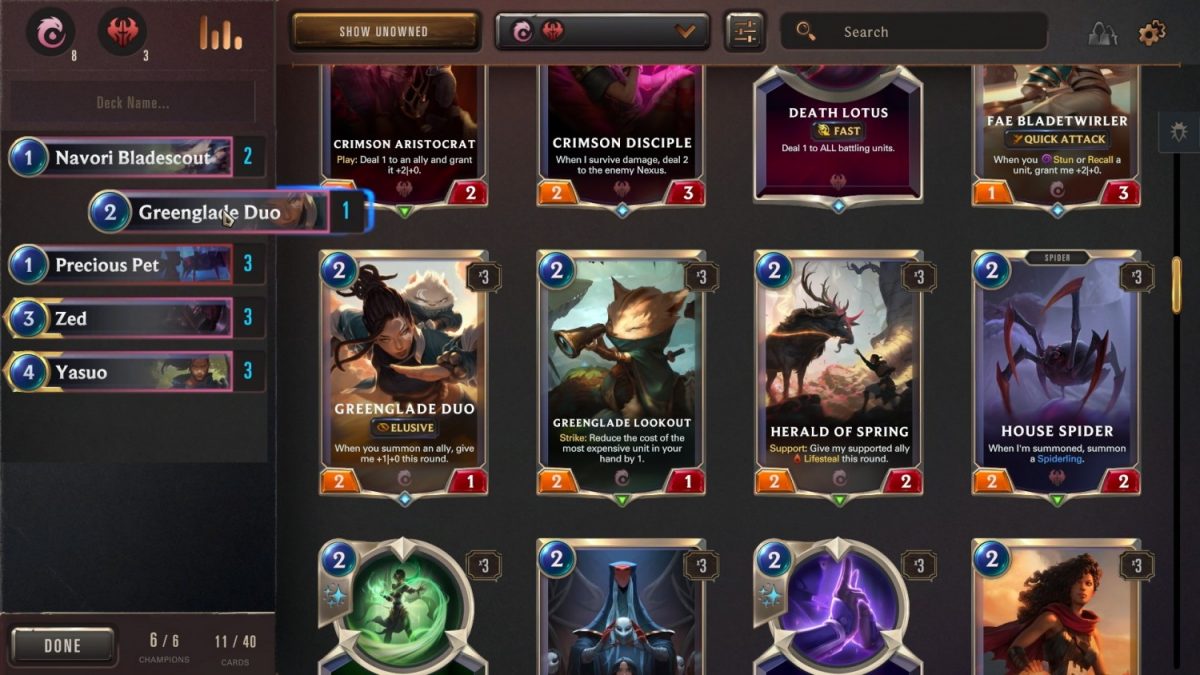
“Yeah, you could say that the [CCG] genre is kind of congested right now. I don’t take personal offense to that” said Yip coolly. “Honestly, for me, I look upon the genre with a little bit of grief insofar as, like, I feel the reasons that the genre got converted to digital were for many of the wrong reasons. So I think the concise answer is we wanted to make a card game because we loved cartoons growing up, and we felt like the direction that digital games were taking with card games left a lot of opportunities.”
With Legends of Runeterra heading into full launch very soon, Yip and his team are already one foot firmly set in the future, with plans of releasing new card sets, expanding the champion roster, and introducing more gameplay balances and fixes to even the playing ground a lot more. Though he still admits that the game’s development is still a process of figuring things out with the dev team and community alike, he is confident in the staying power of the game in time to come.
Legends of Runeterra is currently in open beta, but is slated to launch very soon. No exact release date has been announced yet.
Marion has a serious RPG addiction. Sometimes it bleeds into real life; he forgets to sleep because he thinks he has a Witcher’s body clock. Forgive him in advance if he suddenly blurts out terms such as “Mind Flayer” and “Magic Missile”, because never once does he stop thinking about his next Dungeons & Dragons game.

